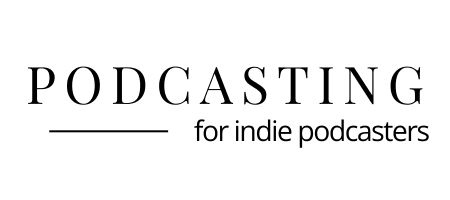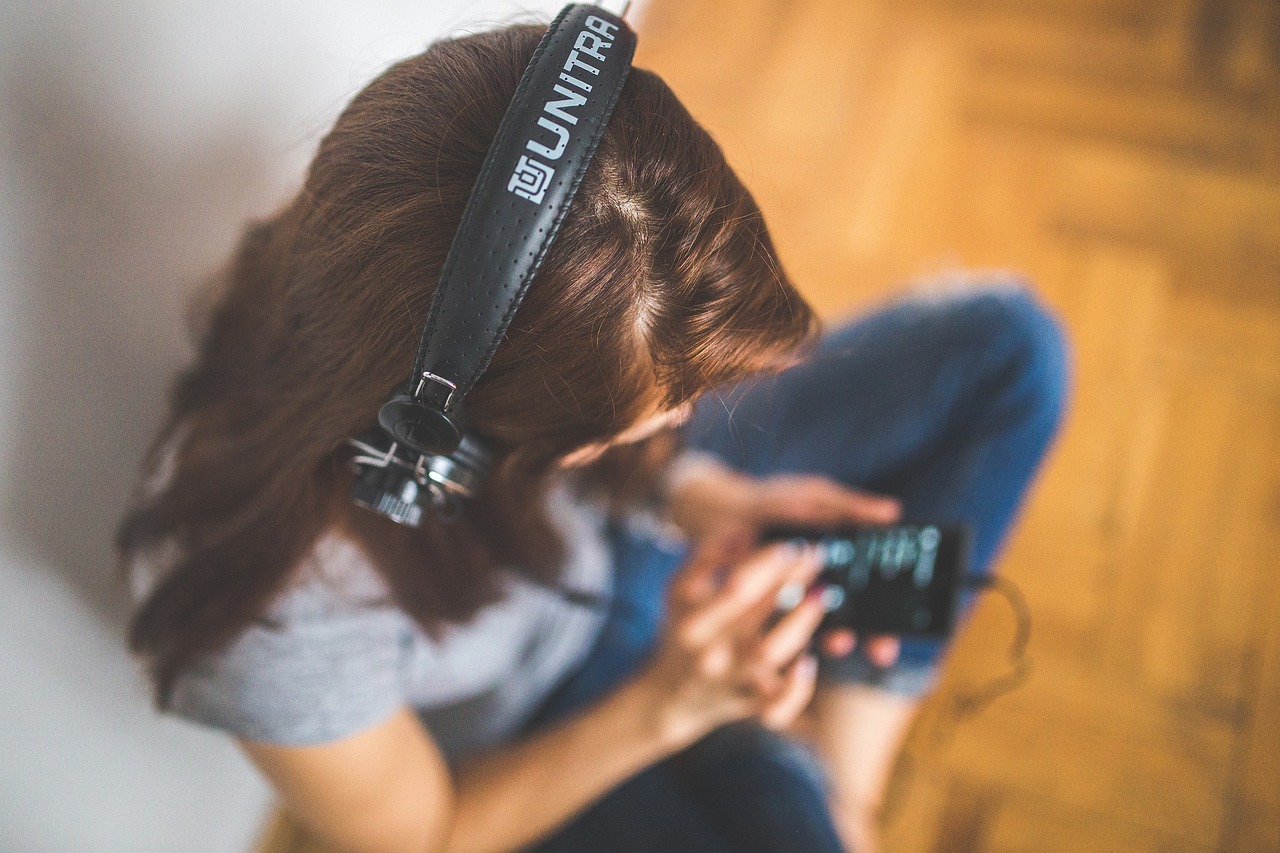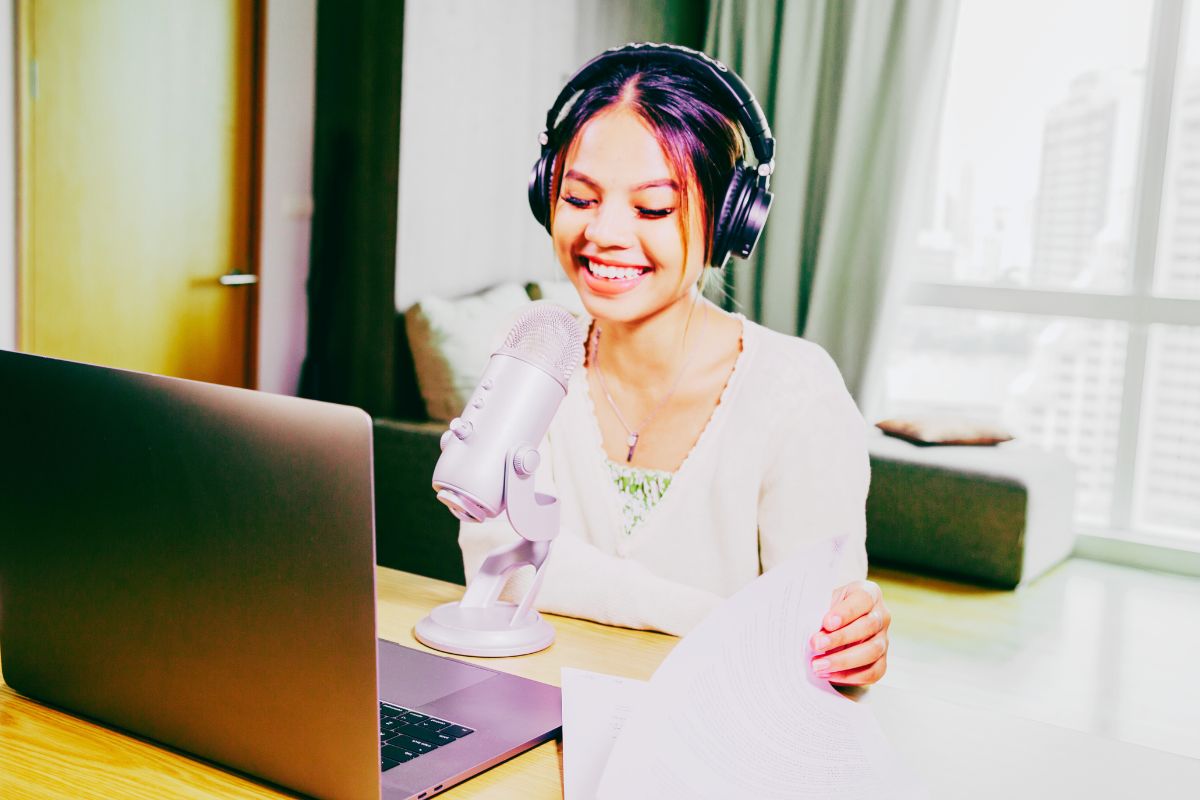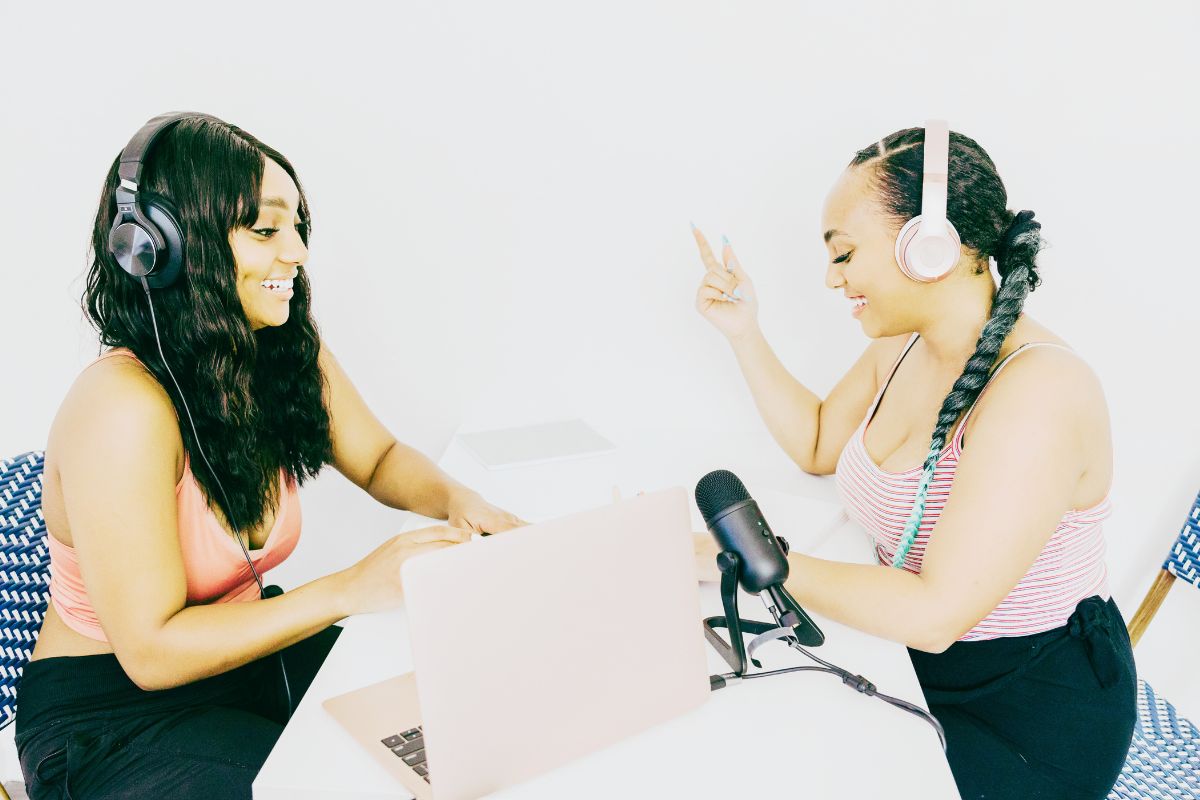
Podcast Distribution: Why Your Podcast NEEDS to Be Everywhere
You may or may not have heard that from 29th August 2023, Stitcher will be no more.
That’s right; the hugely popular podcasting directory is shutting down and you’ll no longer be able to listen to podcasts on this app. In fact, Stitcher links will be redirected to Pandora, and RSS feeds will no longer be distributed to Stitcher.
But even if your podcast isn’t on Stitcher (and in some ways it should have been!), then this raises the point about needing to have your podcast in multiple places. After all, if you rely on only 1 podcasting directory and it shuts down, you’ve got nowhere to redirect listeners to.
And for the context of this post, I’m not talking about people like Joe Rogan having exclusive deals with Spotify. This is a little bit different as I’m talking about your average podcaster (like me!) who is trying to get as many downloads and reach as many people as they can.
In essence: diversifying is key.
Don’t Put All Your Eggs in One Basket
The Stitcher closure reminds us of a valuable lesson: relying too heavily on a single platform or distributor can be risky.
Placing your entire podcast’s fate solely in the hands of one platform leaves you vulnerable to any sudden changes or shutdowns, just like what’s happening with Stitcher.
It’s always a smart move to diversify your distribution channels.
And if you’re wondering, why Stitcher is shutting down; it’s because “SiriusXM, the owner of Stitcher is focused on incorporating podcasts into its flagship SiriusXM subscription business.” So it’s not that it’s a bad thing, it’s just a company streamlining and improving their product suite.
All podcasts on Stitcher can also be found anywhere else podcasts are distributed.
Expanding Your Reach: Be Everywhere Your Listeners Are
Being on multiple platforms means reaching a larger audience.
Platforms like Apple Podcasts and Spotify have immense audiences, and being listed on those platforms can significantly boost your podcast’s visibility. But smaller directories shouldn’t be overlooked either. You never know where your audience could be listening; even 1 person could turn out to be your biggest fan and supporter.
By diversifying your distribution, you’re ensuring that your content is accessible to a broader range of listeners.
Maintaining Accessibility: Don’t Let Your Podcast Go Offline
When a podcast platform shuts down, it’s not always guaranteed that listeners will follow automatic redirects. We’re lucky in that Stitcher has said that they will be redirecting links to Pandora.
That’s why it’s crucial to be on multiple platforms. Even if one shuts down, your podcast will continue to be available elsewhere, providing you with peace of mind and ensuring your listeners remain engaged.
Inform Your Listeners: Make the Transition Seamless
Remember, your listeners rely on you to keep them informed.
If you’ve been utilising Stitcher as one of your primary distribution channels, it’s essential to let your audience know about the transition. Inform them that you’ll no longer be available on Stitcher, but provide alternative platforms where they can continue enjoying your podcast. And you might want to think about removing any Stitcher branding or links from your podcast description, show notes, and website.
Take Action: Diversify Your Podcast Distribution Today
Now that you understand the importance of diversifying your podcast distribution, let’s get into the actionable steps you can take right away:
Step 1: Be on Multiple Directories
Being present on multiple directories increases the chances of your podcast being discovered by new listeners. Most podcast hosting platforms will enable you to submit your podcast’s RSS feed to a whole host of podcast hosting platforms with a single click. Others might take a little more leg-work on your part and means setting up an account with a directory and submitting your RSS feed yourself. But, getting on another podcast directory is a one-time process and one that you could be really thankful for down the road.
Popular directories include:
- Apple Podcasts
- Spotify
- Spreaker
- Acast
- Amazon Music
- Google Podcasts
- Goodpods
- Overcast
- Audible
- TuneIn Radio
- PlayerFM
- iHeartRadio
- Podcast Index
…And so many more!
But don’t discount smaller ones too! Just last month I signed up to have The Lazy Girl’s Guide to Podcasting hosted on a smaller platform.
Step 2: Review and Adapt Your Distribution Strategy
Regularly review your distribution strategy to adapt to changes in the industry.
Stay informed about emerging platforms and trends to ensure your podcast remains accessible to as many listeners as possible. (Or subscribe to our newsletter where we’ll keep you informed of stuff like this!).
Step 3: Connect with Your Audience
Invite your listeners to share their thoughts and how the Stitcher closure impacts them.
By understanding their needs and preferences, you can make informed decisions about your distribution strategy moving forward.
Evolve and Thrive in the Changing Podcasting Landscape
The Stitcher closure serves as a clear reminder to diversify our podcast distribution channels as podcasters.
By expanding our reach, maintaining accessibility, and empowering our listeners with information, we ensure the sustainability and growth of our podcasts. Take action today, embrace change, and evolve along with the ever-changing podcasting landscape.






